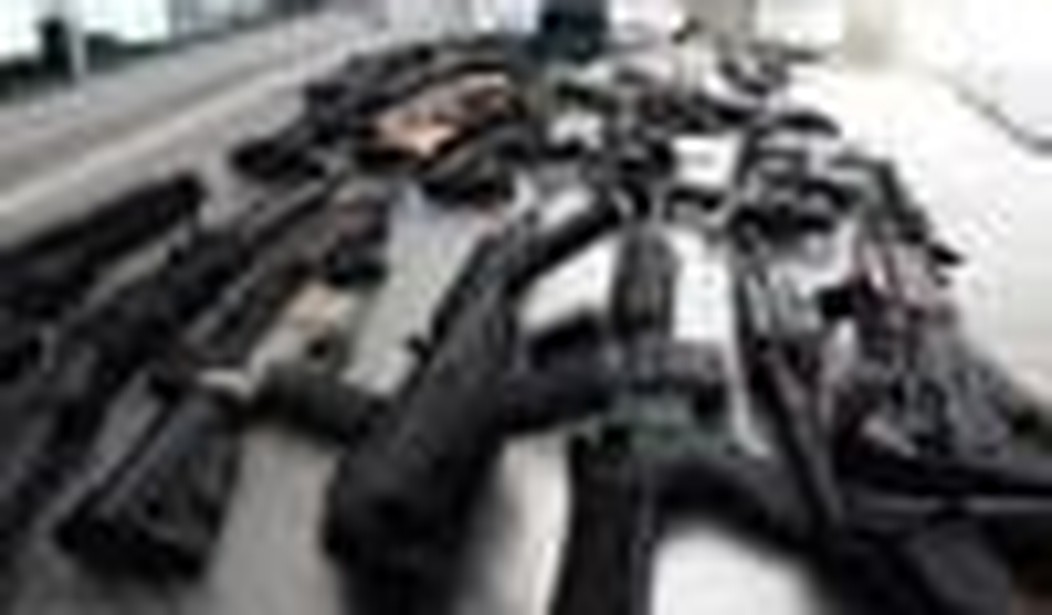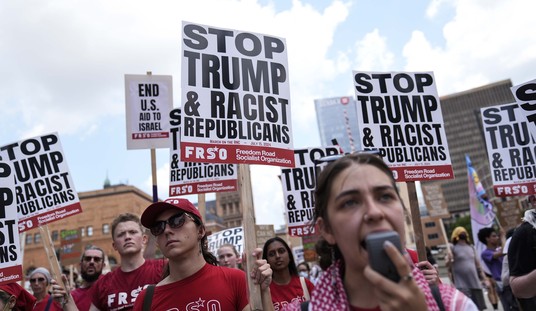Cops expect to face risks on the job. What they do not expect, what they cannot accept, is when their superiors have a hand in providing the weapons that others will use to kill them.
I have withheld judgment on Operation Fast and Furious until now. Surely, I thought, there would emerge some explanation for what on first reading appeared to be a staggering level of stupidity and incompetence on the part of some in the ATF and the Justice Department. They could not possibly, I hoped, have been that obtuse. Having been a police officer for as long as I have, I should have known better.
Every front-line cop has had this experience: A change in command brings in some new suit eager to show he’s full to bursting with the right stuff, that he is not just another office-bound bureaucrat content with doing things the same old things in the same old way. He promises his full support for the troops as he speaks of his willingness to innovate in crime-fighting tactics and to “think outside the box.” All well and good, but as those front-line cops know, that box is there for a reason, and thinking too far outside it can get people killed.
And that’s what happened with Fast and Furious.
The details of the scandal have been amply documented elsewhere, notably here on PJMedia in the work of Bob Owens, but the goals of Operation Fast and Furious can be distilled thus: Allow the straw purchases of firearms in the U.S. and then track the weapons into the hands of members of Mexican drug cartels who can then be identified and arrested. It sounds so simple, what could go wrong?
As we now know, plenty could and did go horribly, horribly wrong.
I can appreciate the desire to use novel law enforcement approaches in confronting the violence attendant to drug trafficking in Mexico. Someone, displaying a bit of that outside-the-box thinking, came up with the idea of allowing thousands of weapons to be bought on this side of the border with the idea that they could be tracked as they made their way through the network of cartel members and facilitators and into the hands of Mexican outlaws.
This was a pipe dream. To me, it is inconceivable that this operation ever made it out of the first meeting where it was discussed. It goes to show how detached police executives can be from the reality of police work as it is actually practiced. There is simply no effective way to track a gun once it leaves the store where it was purchased.
Let’s say we are suspicious that straw purchases are being made at a gun store in Tucson. We can scrutinize the records of all the store’s sales in search of telltale signs of illegality, we can place undercover operators in the store, we can install surveillance equipment and remotely monitor the customer traffic, or we can do surveillance on people we believe to be straw purchasers in the hope they’ll lead us deeper into the criminal network.
But once a straw purchaser leaves the store with his cargo of guns, we have no hope of tracking those weapons beyond the point where that car first leaves our view. Surveillance is a tricky business. Cops following criminals can and do lose them in traffic, even when sophisticated equipment like GPS trackers and aircraft are used. A group of cops might have every confidence of success as they follow a suspect in whose car they have planted a GPS device. Add to the scenario a helicopter or airplane equipped with a camera and the means to monitor the GPS device and you have the ingredients for what should be a foolproof surveillance operation. And then the unexpected happens. It always happens.
You follow the car to a shopping mall with an indoor parking lot, which defeats both the GPS device and the aircraft as the satellite signal and visual contact are lost. You scramble into the parking lot to look for the car, but the structure is large and has several floors, making it impossible to do a thorough search as quickly as is required. And it never fails that when you’re following a green Toyota, dozens of similar cars will appear as if by magic to confuse you. If you’re lucky enough to find the car, how do you then know if the guns that you saw being placed in the trunk outside the gun store are still there?
You assume they are, and you then manage to follow the straw purchaser from the mall to his home, where he parks the car in an enclosed garage. Did he leave the guns in the trunk or did he take them inside to be picked up by someone else? Now every person who visits the home has to be suspected of carrying away one or more of the weapons you hoped to follow. How many people, how many GPS devices, how many helicopters and airplanes, can you commit to surveillance so as to make this happen? And even if you’re lucky enough to maintain your surveillance on the guns through all of this, what happens when you follow them to the Mexican border? Can you trust the authorities on the other side to do their part in the investigation?
There is only one way to track a weapon after it’s left the seller’s hands, and that’s to wait for it to turn up at a crime scene or in the pocket of someone so unlucky as to be caught with it during a traffic stop. I suspect none of this entered the minds of those who, from the safety and comfort of their offices, hatched Operation Fast and Furious.
Sometimes what appears to be stupidity and incompetence is exactly that. All that remains to be seen is how far into the federal law enforcement apparatus that stupidity and incompetence reached. Anyone who allowed this to happen has no business remaining in law enforcement. Let the heads start rolling.









Join the conversation as a VIP Member